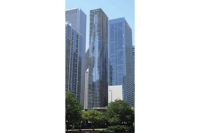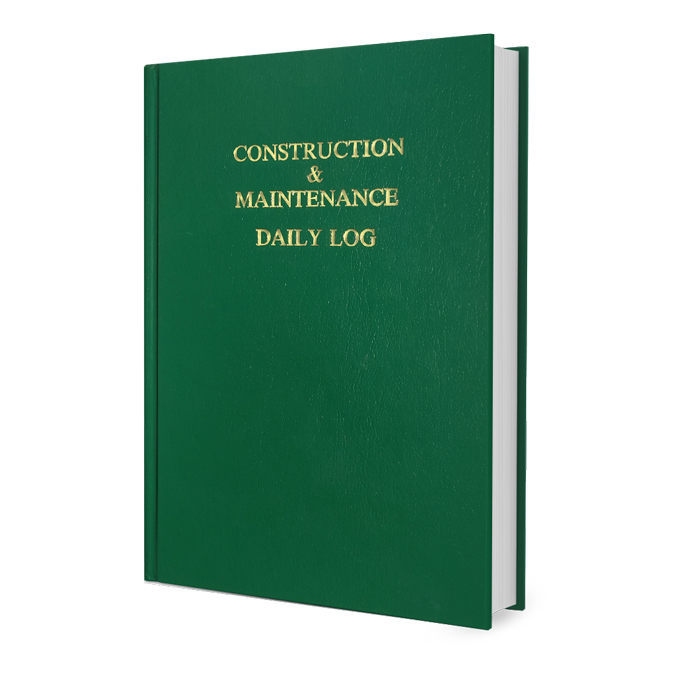I began my multi-year involvement with LEED and the USGBC as an architect dedicated to the design of greener buildings at about the time the LEED v1.0 pilot program was coming to a close. I was highly motivated to get myself onto the Materials and Resources Technical Advisory Group, and after reaching out to the right people, I was eventually given the opportunity to apply and was ultimately appointed as a new member of the group. My involvement with the MR TAG lead to other opportunities within the USGBC and in addition to the MR TAG, I served on the LEED v2.2 core team development committee and also a small “committee” that was responsible for the development of a new LEED accreditation exam (that would meet standardized exam criteria—something the first exam did not do).
My work with LEED and the USGBC was often rewarding, but could also be very tedious and frustrating. Over time, I realized that the USGBC made up rules as it marched along, and was not particularly concerned about following them if they proved inconvenient. This concerned me but I stayed on because I believed the work we were doing was of vital importance, and was going to have significant, positive impact on making buildings greener.
POLITICS ALIVE AND WELL IN THE USGBC
At some point along the way I came to the conclusion that the USGBC was more concerned about politics than it was about doing the right thing. During my participation in the documentation of a LEED-registered project, I had a run in with the USGBC that would profoundly change my opinion about the organization. I won’t bore you with all of the details—but the summary goes like this: Team discovers a material not in compliance with a credit being pursued; team finds test data on product showing it to be superior than credit required outcome; team asks USGBC to accept this finding; USGBC denies team request; team asks again with additional support from Ph.D. expert in the area of concern; USGBC again denies team request; team files formal appeal with USGBC using newly developed USGBC appeal procedures; USGBC President Christine Ervin makes personal call to president of design company and asks that he intervene and ask design team to drop the appeal.
The reason for the USGBC’s denied requests and subsequent presidential pressure to call off the dogs was purely political. The credit committee chair was embarrassed at the error discovered in the credit and stubbornly refused to allow any change to be made—even if that change resulted in a better, greener and healthier building.
GOODBYE LEED, HELLO GREEN GLOBES
While this may have been my first experience with the kind of politics that exist within the USGBC, it was not the only one. Prior to my departure from the USGBC, I was caught up in several similar experiences, as did other volunteers and even a few USGBC staff (one that ended with the dismissal by the USGBC of its Vice President of LEED Nigel Howard). I was disillusioned. I was unhappy with the direction the USGBC was headed. But I still felt that I had much to contribute.
And so, when I got a call from the Green Building Initiative about helping with a new ANSI green building rating system, I jumped at the chance. It was an opportunity to be a part of the development of a new green building rating system—Green Globes—which promised to be everything LEED was not: Performance-based, steeped in sound building science and above all commonsense. Despite the USGBC’s best efforts at maligning the process and badmouthing the organization, the technical committee produced an ANSI-certified green building rating system far superior to LEED. A rating system that would result in greener buildings with measureable, verifiable results.
Green Globes was officially approved by ANSI March 24, 2010. We waited for it to be rolled out and used by the general population. And then we waited some more. And nothing happened. The Green Building Initiative shelved it instead and stuck with its web-based distant cousin of the same name, but a wholly different system, a system without any of the performance, science and consensus-based development that defines the new version. Why? After having made several calls and email enquiries over the months and years to learn the answer to this simple question, I never got a meaningful response.
Then, a few months ago, out of the blue, I got a call from the GBI asking if I would be interested in helping to get the ANSI version of Green Globes into the market. “Finally,” I thought and soon after I found myself on a conference call established to align ANSI Green Globes with the current Green Globes Web-based interface. What I learned during the course of the call, however, was that the GBI was moving forward with plans to revise and modify ANSI Green Globes without having to go through the ANSI process. The group spearheading the effort called themselves a “mini-ANSI” Green Globes committee. The GBI and its industry supporters have long been critical of the USGBC and it’s made up rules, lack of transparency and less than truly consensus-based undertakings. The GBI Web site takes the high ground by hammering home the fact that ANSI Green Globes was:
“… developed following ANSI’s highly regarded consensus-based guidelines, which are among the worlds most respected for the development of consensus standards, and ensures a balanced, transparent, and inclusive process. A variety of stakeholders including sustainability experts, architects, engineers, ENGO’s, and industry groups participated in its development.”
But its June 4 announcement about the new Green Globes rating system tells a slightly different story:
“The latest version has all the program features users have come to rely on as well as the following major updates:
New criteria developed by an ANSI-approved consensus body.
A new approach assessing building assemblies, furnishings, finishes and fit-outs by utilizing multi-attribute certifications, and/or third-party assessments by approved standards development organizations.”
SAME RATING SYSTEM, DIFFERENT NAME?
With the introduction of the new Green Globes, the GBI is now no different than the USGBC—making up the rules as it goes and making decisions for political reasons. It can no longer hold the high ground as the developer of a rating system using a “balanced, transparent and inclusive process.”
At the time of this writing, the new and improved Green Globes rating system remains under wraps and unavailable for anyone to read and evaluate. We know it isn’t the official ANSI Green Globes, but instead a mash up of that version, the old version, and some arbitrarily developed new content cobbled together by the “mini-ANSI Green Globes” committee.
Is it better than LEED? Who knows? Will users get greener buildings using it? I believe so for the ANSI approved content but have no idea about the rest. What will the EPA make of the new Green Globes after having given the ANSI version superior marks over LEED in its latest evaluation? Will users flock to use Green Globes over the new LEED v4 rating system (which has been roundly criticized as a half-baked disaster by many current LEED users)? Will LEED v4 even get the member votes needed to become the newest USGBC rating system (voting ended June 30, 2013)?
Hopefully the answers to these questions will be available soon, because instead of getting easier, the green building rating landscape is getting more difficult to navigate and more confusing than ever.







